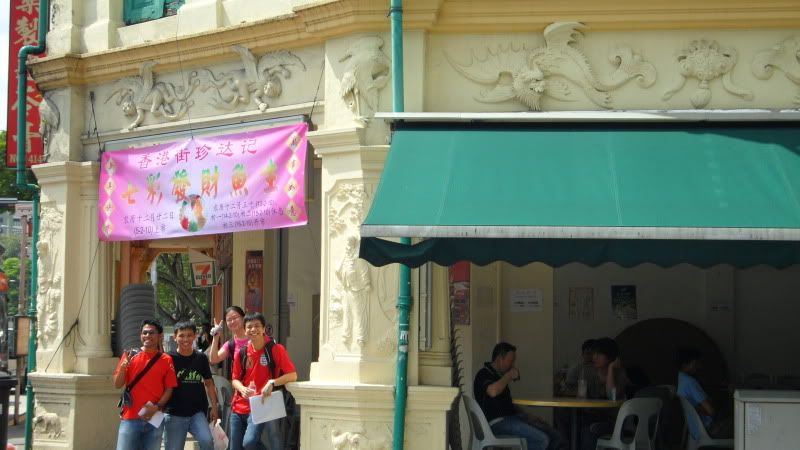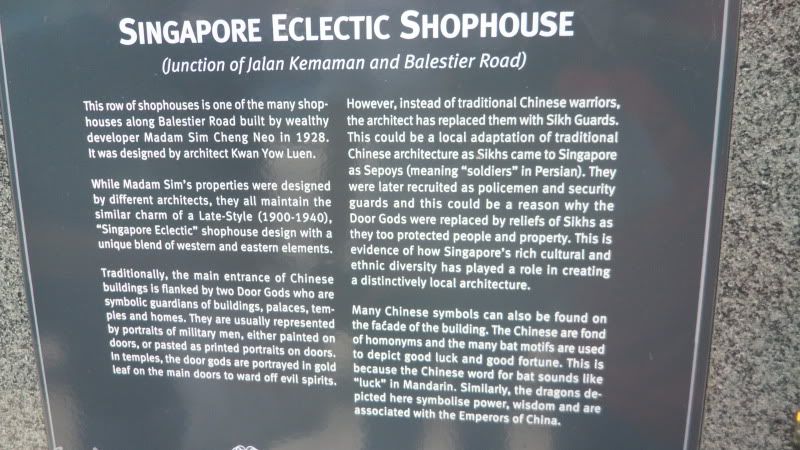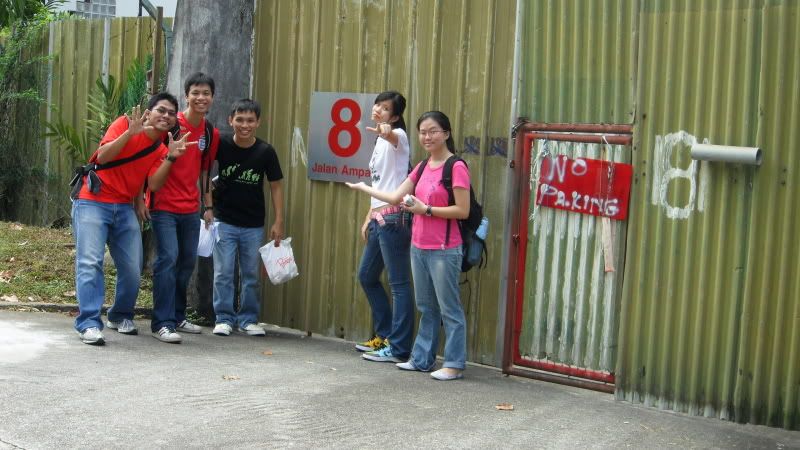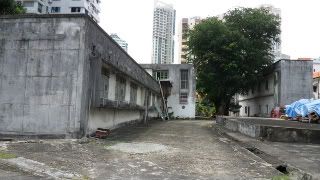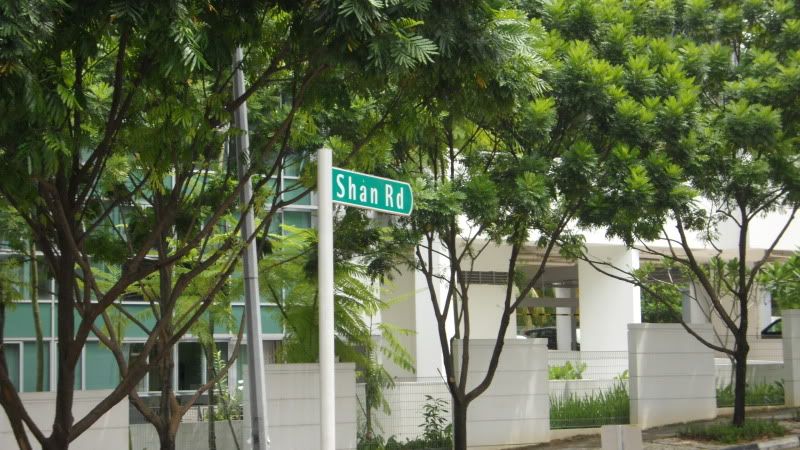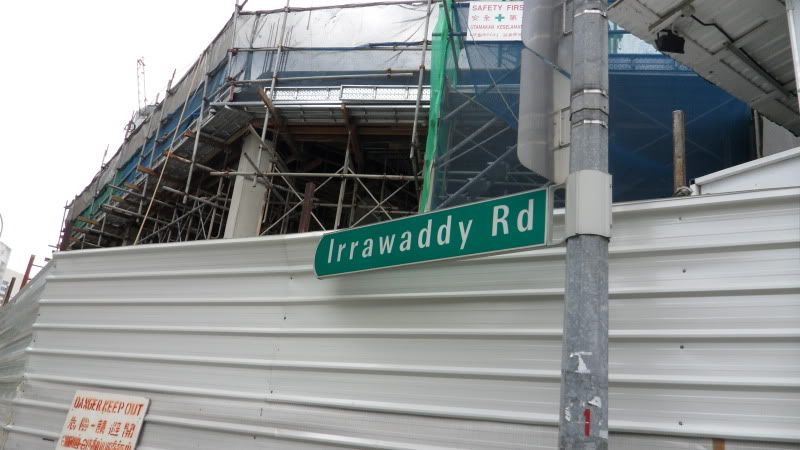According to information on National Library Board's (NLB) Singapore infopedia website, "Joseph Balestier was the first Consul to Singapore for the United States of America serving between 1837 -1852"
The current Balestier road runs on what used to be Joseph Balestier's 1000-acre sugar-cane plantation estate.
The following blog would guide you through the many buildings and sites in Balestier with historical significance. It would bring you to explore places such as popular eating places, a house where famous historical figure once lived, places of worship, unique trades and structures with architecture distinction.

While exploring Balestier you should look out for the many information markers erected by the National Heritage Board (NHB). They all bear the print of sugar-cane paying tribute to the area's agricultural.
The current Balestier road runs on what used to be Joseph Balestier's 1000-acre sugar-cane plantation estate.
The following blog would guide you through the many buildings and sites in Balestier with historical significance. It would bring you to explore places such as popular eating places, a house where famous historical figure once lived, places of worship, unique trades and structures with architecture distinction.

While exploring Balestier you should look out for the many information markers erected by the National Heritage Board (NHB). They all bear the print of sugar-cane paying tribute to the area's agricultural.











































